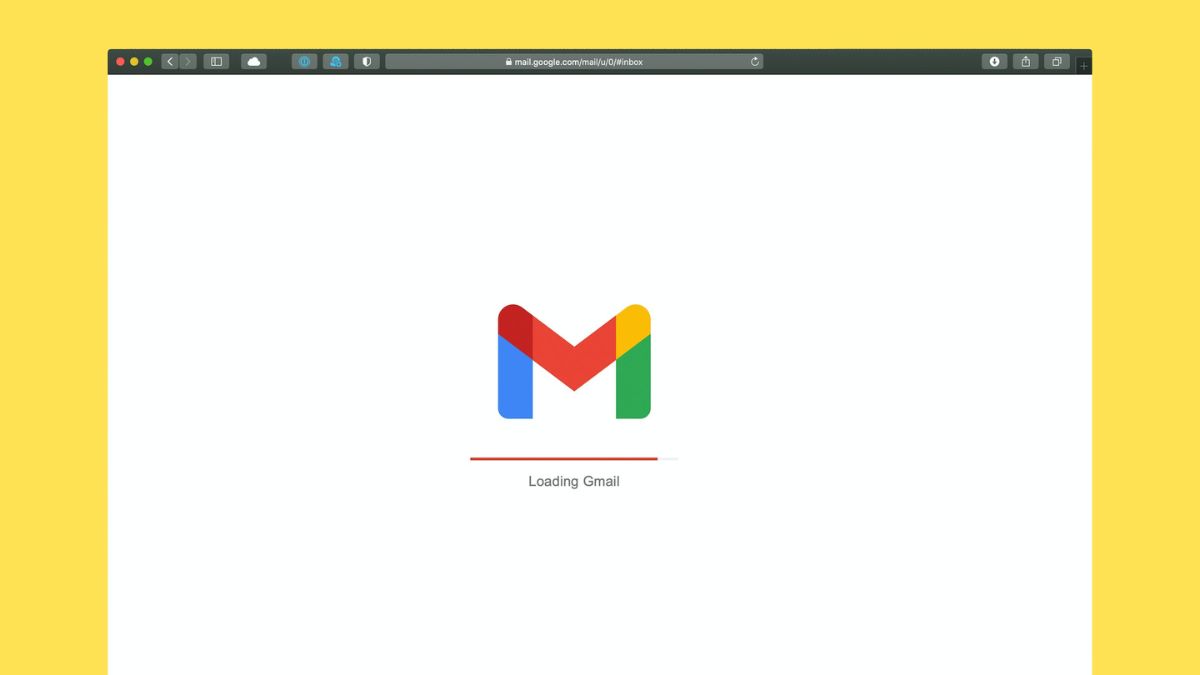- By Vikas Yadav
- Fri, 28 Apr 2023 10:48 PM (IST)
- Source:JND
GOOGLE'S Gmail is a popular email communication platform for work, education and personal purposes. But users often stump upon sensitive information that they wish to send to only one sender and restrict it from further sharing. Gmail's confidential mode lets you do this. Further, a user can revoke access to the contents whenever they want.
A user can add a layer of passcode to a message and attachments alongside setting an expiration date with the help of this mode. If you are wondering how a user can send an email via this functionality, here is a platform-wise guide to sending a message and attachments via Confidential mode.
Also Read: Google Meet Now Supports Full HD Video Calls But There's A Catch
How to use Confidential mode on Android?
Step 1: Open the Gmail app on your Android device
Step 2: Tap on the "Compose" button on the bottom right
Step 3: Tap on the three dots at the top right
Step 4: Select "Confidential mode" and toggle the option to active
Step 5: Configure the "Set expiry" and "Require passcode" options and hit "Save"
If you wish to change the options later, scroll to the bottom and tap the "Edit" button. Further, if you choose the SMS passcode option, a prompt to enter a phone number after hitting the send icon will appear. Select "Add missing information" and enter the contact details of the recipient.
How to use Confidential mode on iOS?
Step 1: Head to the Gmail app on your Apple device
Step 2: After tapping on "Compose," tap the three dots on the top right
Step 3: Select "Confidential mode" and toggle the feature on
Step 4: Configure the desired options from the two drop-down lists and save the settings
How to use Confidential mode on the web?
Step 1: Open the Gmail service
Step 2: Tap on "Compose"
Step 3: Locate "Confidential mode" (padlock icon with a small clock) next to the photo icon
Step 4: Configure the expiration date and passcode settings
Step 5: Click on "Save"
Meanwhile, the sender must note - while forward, print, copy and download functionality will be disabled, the receiver can still take a screengrab or click pictures of the message contents. Plus, malicious programs might still be able to intercept the contents, Google adds.

